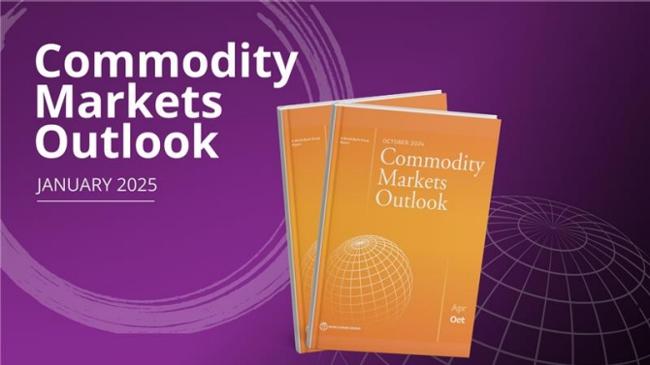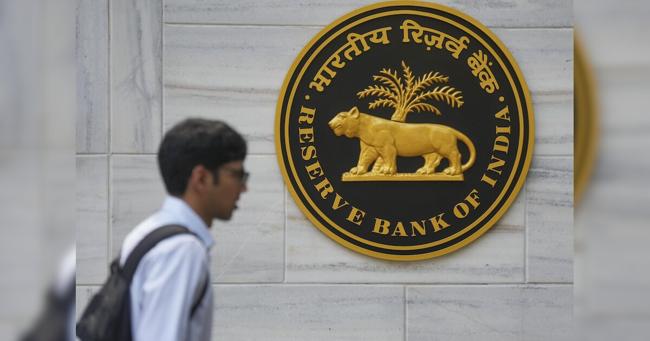Summary
Faltering economic growth is coinciding with ample oil supply in ways that are expected to drop global commodity prices to their lowest level of the 2020s, per the World Banks latest Commodity Market
Source: World Bank Group

AI News Q&A (Free Content)
Q1: What are the key risks associated with commodity markets, and how do they impact global economic stability?
A1: Commodity markets are influenced by several risks, including price risk due to adverse movements in global prices and exchange rates, quantity or volume risk, cost risk (input price risk), and political risk. These risks affect global economic stability by influencing the availability and pricing of essential goods. Fluctuations in commodity prices can lead to economic uncertainty, impacting investment, savings, and inflation rates.
Q2: How does the fluctuation of commodity prices relate to inflation, and what are the potential impacts on consumer purchasing power?
A2: Fluctuations in commodity prices can significantly influence inflation, as these prices contribute to the overall cost of goods and services. An increase in commodity prices can lead to higher inflation rates, reducing consumer purchasing power as each unit of currency buys fewer goods and services. Conversely, falling commodity prices can help contain inflation, maintaining or increasing the purchasing power of consumers.
Q3: What does the latest research suggest about the dynamics of forward curves in commodity markets?
A3: Recent research in commodity derivatives highlights a generic framework for modeling the dynamics of forward curves. This model captures multiple components driving commodity prices, providing close estimations to market prices. Such a model is crucial for understanding price and volatility dynamics in commodity markets, allowing for better risk management and investment strategies.
Q4: How have recent economic indicators and monetary policies influenced inflation risks, particularly in the context of surging commodity prices?
A4: Recent studies indicate that U.S. inflation risk has been primarily influenced by the recovery of the business cycle and rising commodity prices. However, adjustments in monetary policy and credit spreads have partially mitigated these risks. A comprehensive framework allows for the decomposition of these risks, aligning with central bank preferences and aiding in the formulation of effective monetary policies.
Q5: What role do commodity markets play in the context of trade tensions, and how might falling commodity prices influence these dynamics?
A5: Commodity markets are crucial in trade dynamics, as they represent primary goods that nations trade globally. Falling commodity prices could ease inflationary pressures, potentially muting the risks associated with trade tensions by making goods cheaper and more accessible. However, persistent low prices might also harm producers, impacting economies reliant on commodity exports.
Q6: What are the potential benefits and downsides of low inflation driven by reduced commodity prices?
A6: Low inflation, driven by reduced commodity prices, can stabilize economies by increasing consumer purchasing power and reducing the cost of living. It can also encourage investment and consumption, supporting economic growth. However, if inflation is too low, it might signal weak demand, leading to economic stagnation. Moreover, producers might experience reduced revenues, impacting employment and economic output.
Q7: How do derivatives trading in commodity markets help manage risks associated with price fluctuations?
A7: Derivatives trading, including futures and options, allows market participants to hedge against price fluctuations in commodity markets. By locking in prices for future transactions, businesses can manage price risk more effectively, ensuring stability in their operations. This financial tool helps in minimizing uncertainty in costs, aiding in better financial planning and resource allocation.
References:
- Commodity risk
- Inflation
- Commodity market
- Generic Forward Curve Dynamics for Commodity Derivatives
- Mixing it up: Inflation at risk





